Stevia is a herb that is becoming an increasingly popular plant to grow in a garden. Health enthusiasts are discovering the immense benefits of having stevia in their selection of plants.
An herb that’s endemic to South America, it’s a very useful plant because it acts as a natural sweetener to drinks and food. The leaves of the stevia is so sweet that you can easily include it in your beverage of choice or prepare an extract that you can use on food.
Caring for stevia can be a bit tricky: it’s not the easiest herb to grow. But despite the fact that it needs a bit of extra care, it is an adaptable plant that can be cultivated in diverse climates.
Here are some tips that can help you successfully grow your own stevia:
- You will have more success growing stevia from cuttings or tissue culture. Growing from seeds has a very low rate of success, as low as 10 percent in cases. Also, there’s a chance that stevia grown from seeds won’t be sweet.
- Stevia should be planted in the spring in full sun and using light sandy soil with a neutral pH level. If you live in one of the southern states, make sure that you have some shade on your stevia in the afternoon.
- You can use standard garden fertilizer for your stevia plants. Don’t use fertilizers that contain large amounts of nitrogen.
- If you want to keep the stevioside (the substance that makes stevia sweet) levels of your plants high add some boron to the soil.
- If your stevia is planted on a raised bed, you can use mulch on the soil. Grass clippings or bark mulch will be perfect. Mulch will keep the roots cool, help delay water evaporation and also help to keep the stevia leaves clean of any soil particles, which imbibes a dirty taste to the leaves.
These simple tips are easy to do and will help you succeed in growing stevia in your garden.
Therese loves to call herself a writer slash gardener. These are two things she has a lot of passion for. Currently, Therese writes for a number of blogs while taking care of her garden, where she grows vegetables and herbs, among them stevia.
Image credit: Ethel Aardvark at Wikimedia Commons under a Creative Commons license


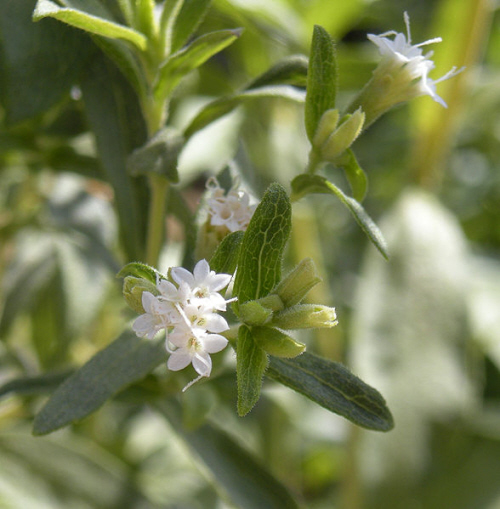

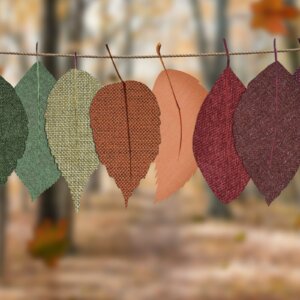
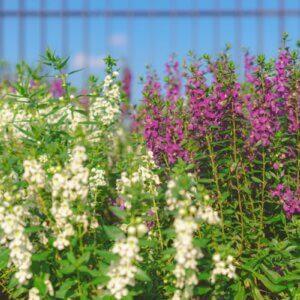
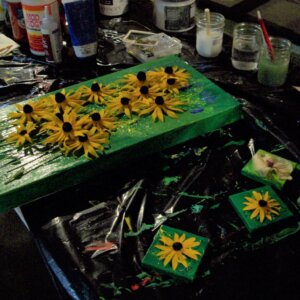
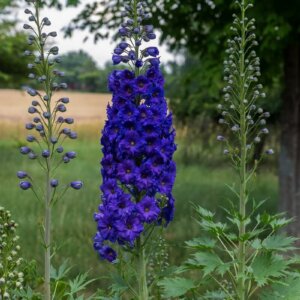



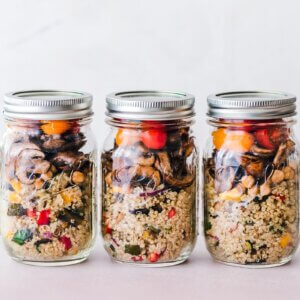




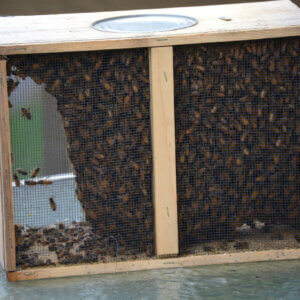
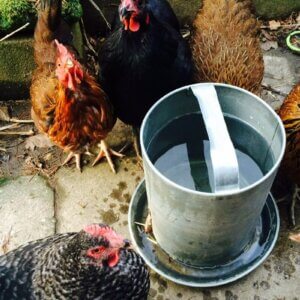

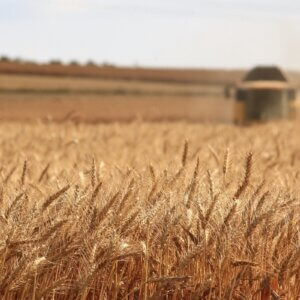

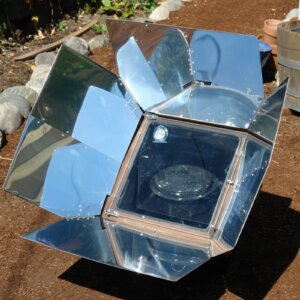

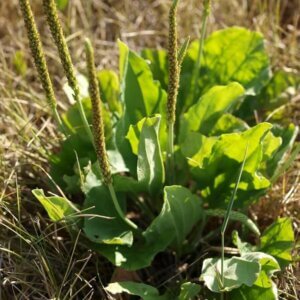
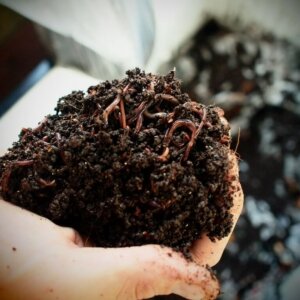


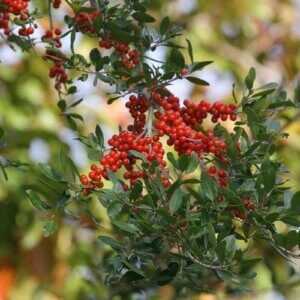
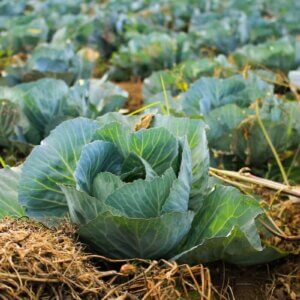

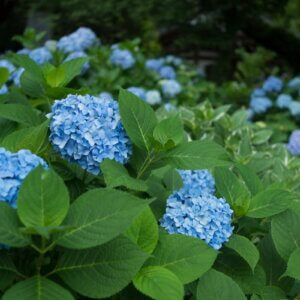
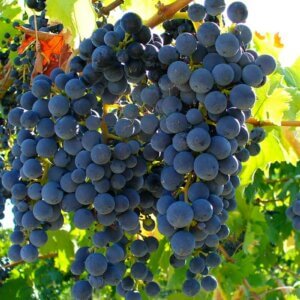
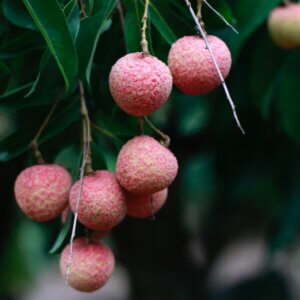
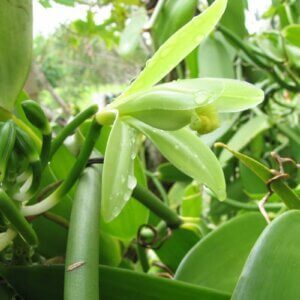

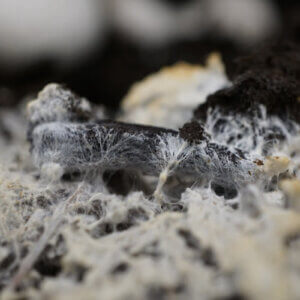


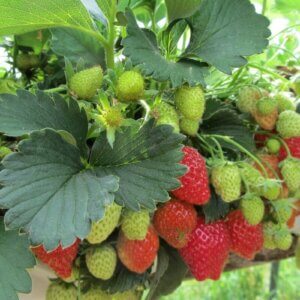
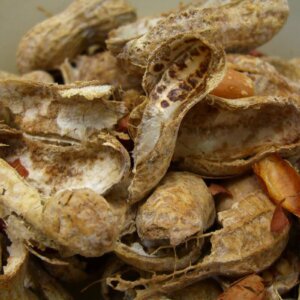


Leave a Reply